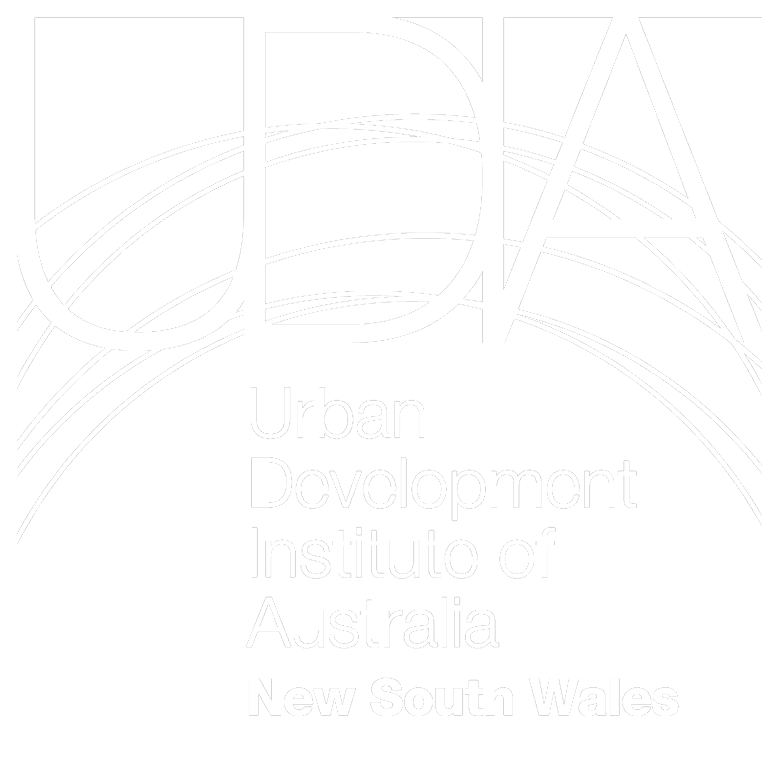After more than a year since it was announced and following sustained advocacy from Urban Development Institute of Australia NSW (UDIA), the long awaited low and mid-rise planning reforms have finally been released by the NSW Government today.
“Today’s announcement is welcome and long overdue. UDIA has consistently advocated to increase availability of medium density housing options in locations close to existing services and transport to help tackle a worsening housing supply crisis,” said Stuart Ayres,
CEO, UDIA NSW.
The new reforms change planning controls within 800 metres around 171 town centres and stations to allow dual-occupancies, terraces, townhouses and residential flat buildings across metropolitan Sydney, the Central Coast, Illawarra-Shoalhaven and Hunter regions.
“The Government is to be commended for taking on the challenge of tackling the missing middle in our housing market. While this policy will apply at 171 town centre and train stations, the final policy represents a significant scaling back from what was originally announced and its capacity to deliver 112,000 homes over five years must be in doubt,” said Stuart Ayres.
Mid-rise housing is all about putting more density in well located areas close to services and transport. Instead of this policy applying to every train, metro and light rail station in greater Sydney as first announced, it now applies to fewer than 100.
UDIA notes and welcomes the retention of the infill affordable housing bonus across the 171 locations and the retention of non-refusal standards for floor space ratio, building heights and minimum lot sizes, which will provide greater planning certainty.
“The current economic conditions facing developers are making it unviable for many apartment projects to start even with the affordable housing bonus and low and mid-rise reforms. This means the government must continue to support more feasible house and land projects by investing in enabling infrastructure or run the risk of falling further behind our housing targets.”
“Government’s response to the housing crisis will ultimately be judged by how many new homes are completed, not how many policies are announced.” said Mr Ayres.
Key changes in the final policy include:
- Removing large number of local centres and key town centres (E1 and E2 local and commercial zones) from the final policy;
- Reducing the number of train and metro stations to which the policy applies from 298 to 97; and
- The reforms will not apply to sites that contain any listed heritage item.
–ends–
Media Enquiries: Deanna Lane, Director of Media & Communications
UDIA NSW and National dlane@udiansw.com.au 0416 295 898
–ends–

